People
Dutch Photographer Viviane Sassen Gained Fame Through Aestheticized Images of Africans. Now Criticism Is Making Her Reconsider Her Own Legacy
The Dutch photographer is wrestling with new criticism—and changing her approach.
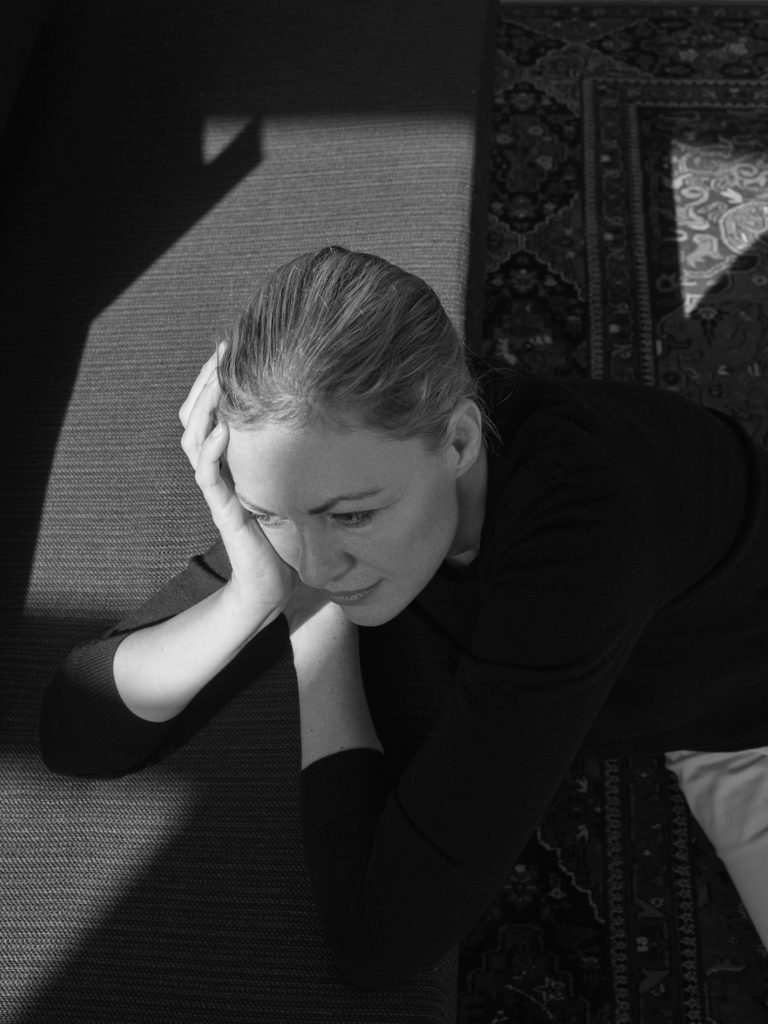
The Dutch photographer is wrestling with new criticism—and changing her approach.

Nina Siegal

Dutch contemporary photographer Viviane Sassen, who has been the subject of solo exhibitions at such decorated institutions as the Museum of Contemporary Photography in Chicago and the ICA London, has had a lot to think about lately.
Now 47, Sassen made her name by straddling art and fashion with her vivid photography, which depicted black Africans she met on her travels across the continent. (Sassen lived in Kenya with her parents between the ages of two and six, and longed to return to the country after relocating to her native Netherlands.)
When she first started out as a photographer in the 1990s, her images of black Africans were somewhat radical for a western artist. But as the art world continues to wrestle with the legacy of colonization and the post-colonial gaze, Sassen has been forced to re-examine her own work—and consider whether she should be making the kind of imagery she became best known for at all.
Recently, public scrutiny of her oeuvre has intensified. Earlier this year, an art critic writing in the Netherlands’ national newspaper NRC accused Sassen of “cultural appropriation” for her work in a group show “Freedom – The Fifty Key Dutch Artworks” at the Museum de Fundatie in Zwolle, the Netherlands. The critic wrote that Sassen liked to photograph black skin, “and made it her life’s work, so that black people are once again reduced to their skin color.”
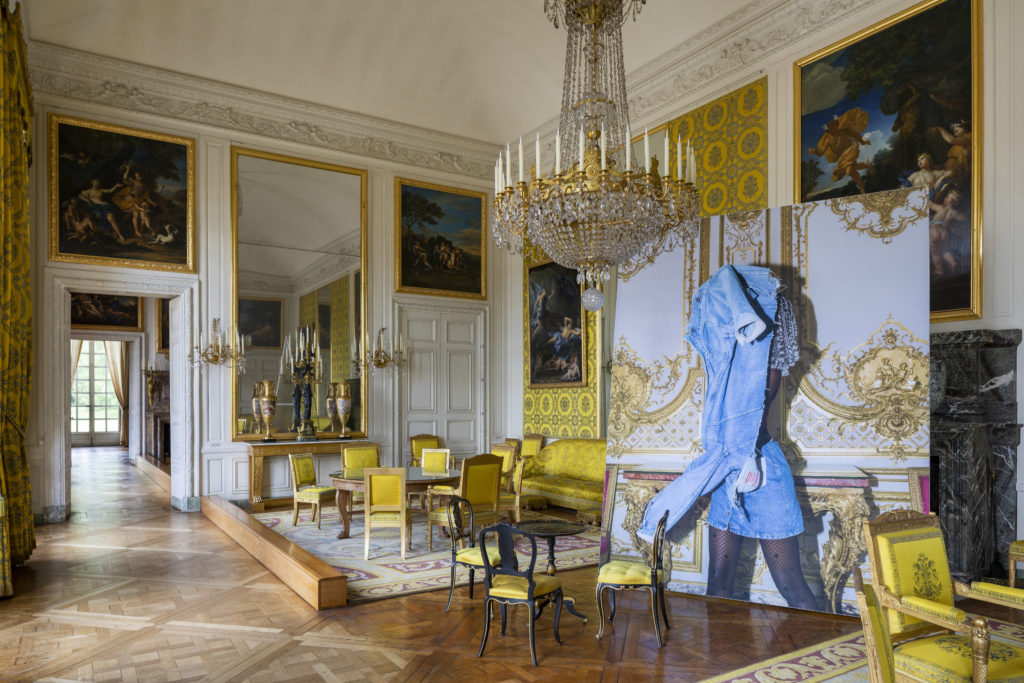
Viviane Sassen’s work in “Visible/Invisible” at the Palace of Versailles. Courtesy the artist.
Sassen is now taking on the delicate task of defending her work while wrestling with her own complicated feelings about it. The NRC’s characterization is “first of all, untrue,” she says, sitting at the long table in her studio in the center of Amsterdam, a large open space with bohemian couches built into the walls, a hammock, and lots of books. Her use of black models “may be the part of my work that’s best known, but it’s not most of my work.” (She also uses white models, as well as photographing bodies she paints in various hues, like red or blue.)
Still, the artist says she understands the political, social, and racial dynamics better now than she did when she was starting out. “Because I’m a white woman photographing in Africa with this camera, which is already a tool of power, it raises all these questions about representation, logically,” she says. “I’m very aware of that and over the years I’ve been thinking about this in different ways and it still is something which is very important and something which I can’t always pinpoint or explain.”
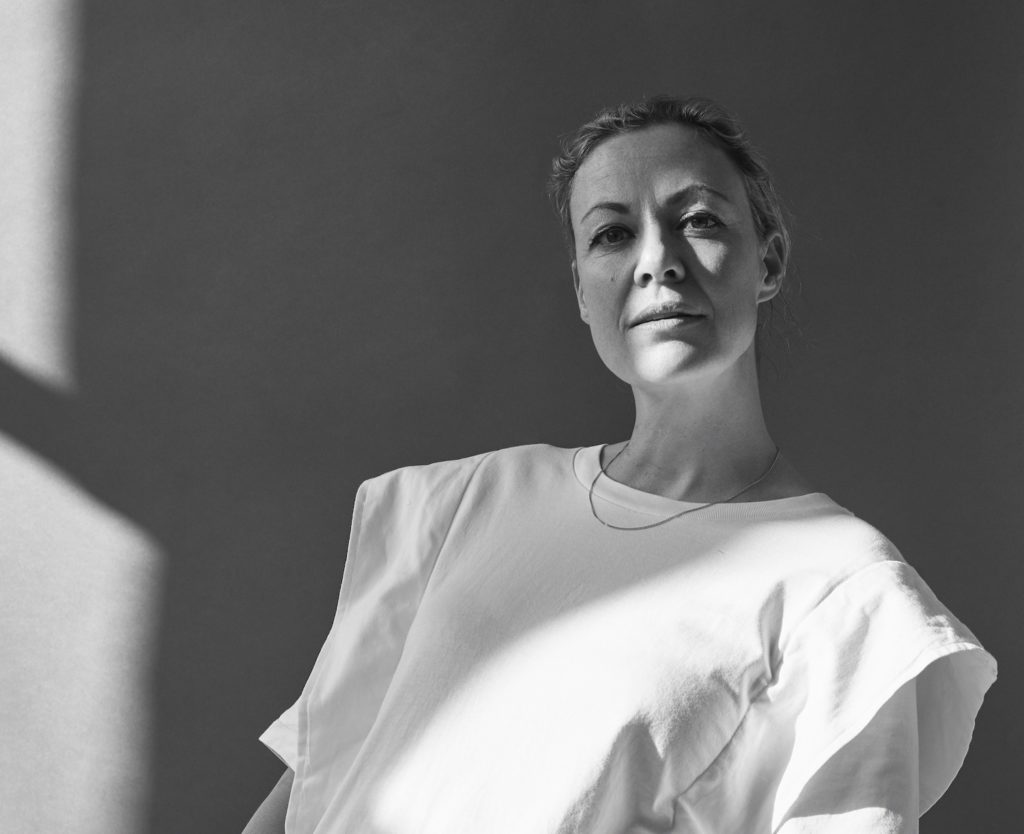
Viviane Sassen by Hanneke van Leeuwen.
Growing up in the Netherlands, Sassen feels she may have been somewhat cut off from discussions related to race and the history of colonialism and slavery, which were more prevalent in the United States and South Africa. This kind of post-colonial discourse was not as common in Dutch culture until fairly recently, since the Netherlands never had a Civil Rights movement. That is changing now: in September, the Amsterdam Museum decided to stop using the term “Golden Age” to refer to the 17th century because the phrase glosses over the more negative realities of the time.
“It’s very important to ask yourself those difficult questions and keep on asking them,” Sassen says. “That’s also what I do and try to do, but I have become much more cautious about who I photograph, where, and when.” These days, she says, she tends to photograph people less, opting instead to depict the body through reflection or shadow.
“I really want to be 100 percent sure that it’s okay, that people want it,” she says. “You have to make sure you have that integrity, and look at yourself in a mirror.”
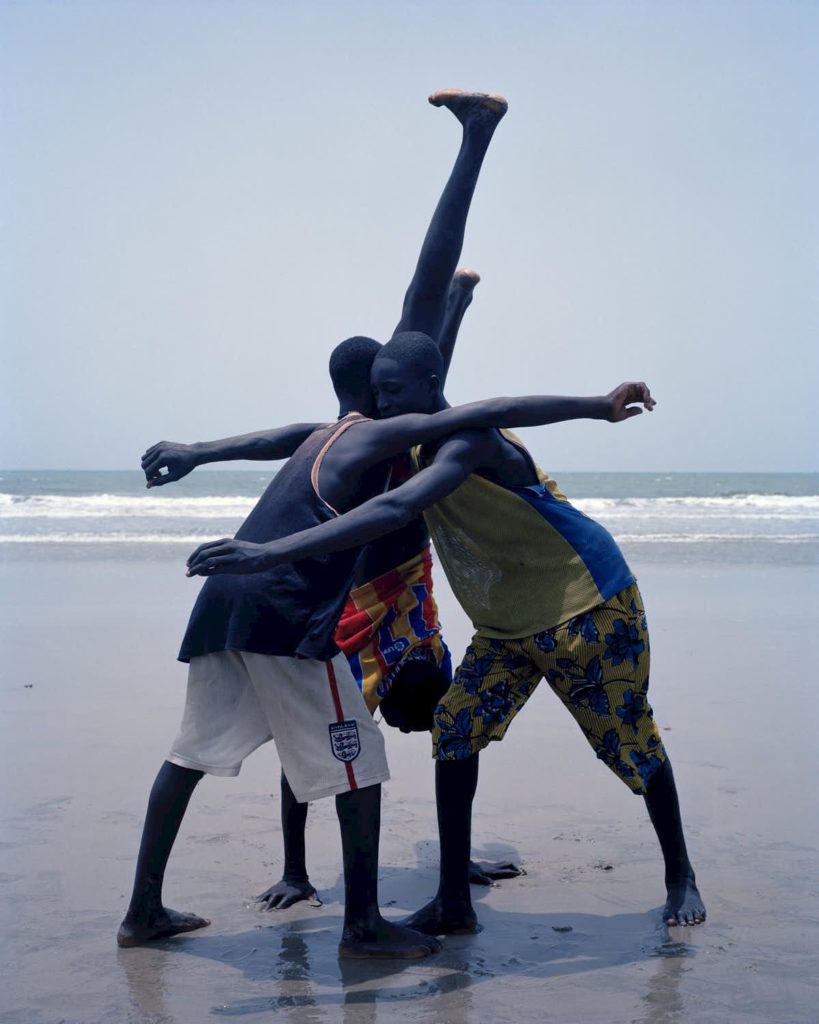
Anansi from Viviane Sassen’s “Flamboya” series. (2007). Courtesy the artist.
To date, Sassen’s career has struck a balance between commercial and conceptual worlds: She has had international solo museum shows and worked as a photographer for luxury brands. She recently completed a clean water campaign for Madagascar-based WaterAid’s charity partnership with Giorgio Armani and, this March, will have a solo exhibition at the Huis Marseille in Amsterdam. She is represented by South Africa’s Stevenson Gallery, and her works are on view at Andrew Kreps Gallery in New York as part of a joint group show with Stevenson until December 21.
Her path to art truly began with visit to her childhood home of Kenya in the 1990s. “I lived there as such a young child, during these years of what they call ‘magical thinking,'” Sassen says. Returning to this environment, “I suddenly had these very vivid dreams at night and it was super intense.”
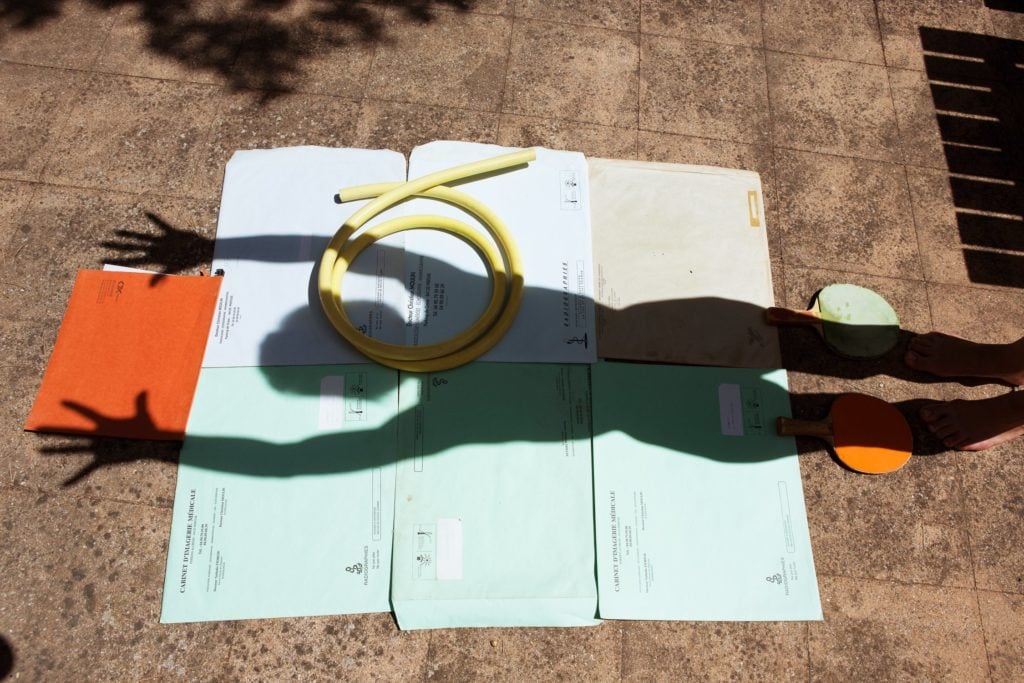
Untitled (2017) from Viviane Sassen’s series “Roxanne II.” Courtesy the artist.
Her images exude a vivid, surreal quality, often featuring unusual juxtapositions of human figures, architecture, and stark landscape. Sassen’s strength has always been in reimagining perspectives: In the ’90s, she began to define her approach at a time when most photographers working on the African continent were photojournalists. The norm was to capture war or famine, tribal societies and local customs, often through a lens meant to appear objective (although nowadays we recognize that it, too, was subjective).
For a short time, she followed suit before pioneering her own vision. “It occurred to me that I could make my own, staged images and work in my own way,” she says. “I went back to the village of my childhood and had all these ideas and visions and when I started staging these images, I felt this was something very new.” She was right.
In the 2000s, she became internationally recognized for two series, “Flamboya” and “Parasomnia,” which reflect the “magical thinking” that partially stemmed from memories of her youth. Both feature black models posed in unnatural postures, often obscuring their faces.

J.F. from Viviane Sassen’s “Parasomnia” series. (2010). Courtesy the artist.
In 2007, she won the Prix de Rome, one of the top art prizes in the Netherlands—the judges praised her series “Ultra Violet,” which she created while traveling in Ghana, for breaking through a medium in “deadlock.” By simultaneously getting close to her subjects and holding them at a distance, “she creates a new kind of photography, just when photography seems to reach its limits,” the jury declared.
Sassen has returned to live in Africa as an adult; her husband, who is also Dutch, also spent time on the continent with his doctor father when he was young. Together, they have traveled extensively and spent a lot of time in Tanzania, where they raised their son (now 11). A widely reproduced photo of him as a child is also a self-portrait of Sassen, her body casting a shadow on his as he walks along a beach in South Africa. Her past, his past, and his future as a grown adult are all held within the photograph.
“Ultimately, I make work that is somehow connected to my life, to my personal life, and Africa has been a very big influence in my life,” Sassen says. “It’s something I keep coming back to.”